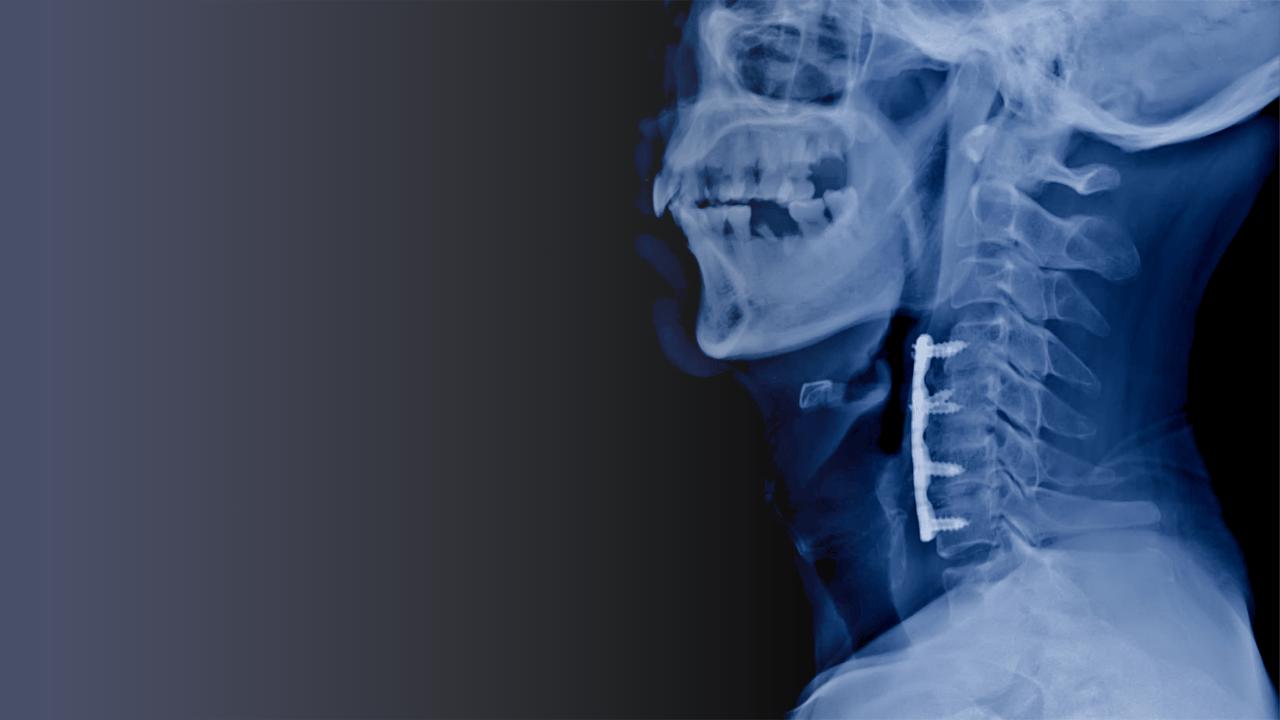Cervical spinal fusion is a serious intervention—typically reserved for cases involving instability, myelopathy, or structural deformity. But what about the countless individuals living with chronic neck pain who don’t meet surgical criteria? For them, medical massage offers a conservative, evidence-informed alternative that targets the muscular, fascial, and neurological contributors to pain.
🔍 Why Cervical Pain Persists
Chronic neck pain is rarely just about the bones. It often stems from a complex interplay of soft tissue dysfunction and postural strain. Common contributors include:
- Fascial restrictions and myofascial trigger points
- Forward head posture and postural overload
- Hypertonic muscles compressing discs and nerve roots
- Guarding and compensatory tension patterns
These factors can narrow the intervertebral foramina, irritate nerve roots, and reduce cervical mobility—creating a cycle of discomfort and dysfunction.
👐 How Medical Massage Helps
Medical massage addresses these dysfunctions with clinical precision. By releasing key cervical muscles, practitioners can decompress the spine, restore alignment, and relieve nerve irritation. Here’s how:
✴️ Deep Cervical Stabilizers: Longus Capitis & Longus Colli
- Located anterior to the cervical vertebrae
- Maintain cervical lordosis and segmental spacing
- Manual release reduces axial compression and improves alignment
✴️ Anterior and Lateral Neck Muscles: Scalenes & Sternocleidomastoid (SCM)
- Positioned near the brachial plexus and cervical nerve roots
- Hypertonicity can narrow foramina and trigger neurogenic symptoms
- Releasing these muscles relieves tingling, numbness, and radiating discomfort
✴️ Superficial Tension Zones: Upper Trapezius
- Chronically overactive due to postural strain
- Contributes to cervical stiffness and segmental overload
- Manual release restores balance and improves mobility
🧠 Nervous System Regulation
Beyond structural relief, massage also supports nervous system regulation:
- Activates parasympathetic tone
- Reduces sympathetic overdrive
- Improves proprioception and pain modulation
📚 Evidence Snapshot
Recent studies reinforce the clinical value of manual therapy:
- Pain Medicine (2020): Massage significantly reduced neck pain and improved function in chronic cases
- BMJ Open (2023): Manual therapy ranked highly for cervical spine disorders
- MDPI (2023): Fascial Manipulation® showed benefit in cervicobrachial pain syndromes
✅ Ideal Candidates
Medical massage is especially beneficial for:
- Chronic neck pain without surgical indications
- Postural contributors and muscular compression
- Patients seeking conservative alternatives
- Post-op recovery to protect adjacent segments
While spinal fusion may be necessary in select cases, it’s often avoidable. Medical massage offers a restorative, empowering path forward—one that decompresses, regulates, and realigns.

